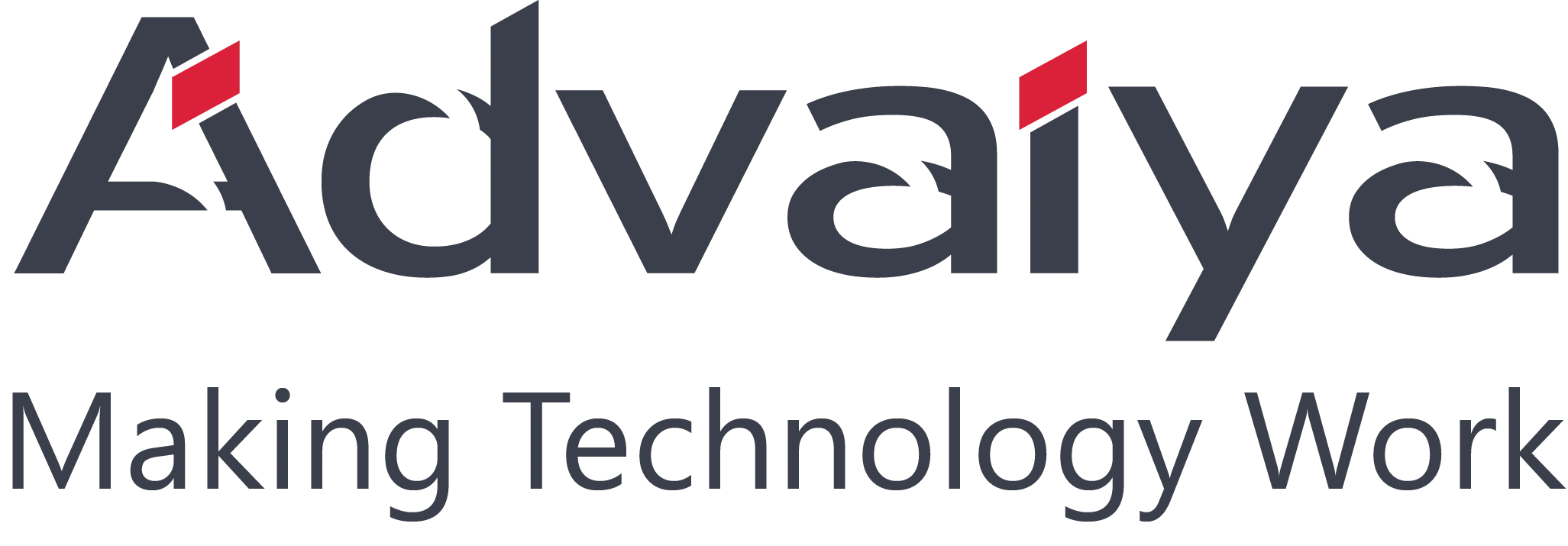- September 10, 2022
- Advaiya
Large enterprises are faced with many unique challenges. Enterprises with multiple levels, locations, and divisions often face challenges, including people management, company-wide communication, and collaboration. This can cause productivity problems. Enterprise productivity can quickly improve and optimize with the right tools, strategies, and processes.
Continue reading to learn about the most common productivity issues enterprises face and how to improve them and, ultimately, your bottom line.
How productivity is essential in large companies?
Before we get into the specific business productivity problems and solutions, it is crucial to understand why business productivity matters, especially for enterprise companies. Most importantly, productivity is directly linked to profitability which is often the number one goal of any corporate entity.
But there are plenty of other good reasons large companies should prioritize productivity. These are just a few.
1. Improved morale:
2. Increased engagement:
3. Better customer service:
4. Lower business operation cost:
Common business productivity challenges faced by enterprises
We now know why enterprise productivity matters, so let's examine some of the most pressing productivity issues large companies face.
Inefficient processes can be a significant obstacle to workplace productivity. Team members can easily get lost in a list of tasks and lose sight of the priorities if there are no clearly defined processes, leading to Multitasking. Multitasking can seem like a shortcut to more work, but it greatly diminishes productivity. Studies have shown that it can reduce productivity by as much as 40%.
Poor project management and tracking are other major productivity problems. Managers constantly asking for employee updates can lead to increased communication overhead, which reduces team member productivity and focus.
What is communication overhead? Communication overhead is simply the time spent communicating with your team rather than being productive. Too many meetings, emails, or other communication can hinder productivity.
If new hires don't get adequately onboarded, they will arrive in their roles with more questions than answers. This not only reduces their productivity but also makes it difficult for their managers and teammates to be productive.
Employers and employees are often unaware of one of the most critical productivity problems. Everyone wants to do more in less time. However, when employees are expected and required to complete high volumes of work at an excessive speed, it can hinder productivity.
Productivity solutions for large enterprises
It may seem impossible to increase productivity at work, but it is possible, even for enterprises. Implementing productivity solutions for business that helps you track and manage resources, communicate better across your organization, and build more efficient processes is one of the best ways to boost organizational productivity.
These are some strategies and tools you can use to increase productivity in your enterprise.
McKinsey reports that 66% of companies have reported increased quality control, customer satisfaction, and employee experience after implementing automation programs.
Every year, thousands of hours are lost documenting and recording information using paper forms. Businesses can save thousands of hours and dollars by using business process automation solutions. Additionally, digital systems can be automated to save time and make record-keeping easier.
Automation also allows employees to concentrate on their tasks without interruptions. A study by ScienceDirect shows that task-switching can negatively impact employee productivity. However, automated emails, data extraction, social media management system, and scheduling tools enable employees to concentrate on their strengths, not on tedious tasks, leading to increased productivity and higher morale.
Digital workflow apps to track employee responsibilities, workloads, and other information can help streamline operations and improve efficiency. These systems allow effective and regular cross-team communication about long-term goals or projects. Microsoft Teams is an example of such a system. Microsoft Teams is your hub for teamwork, where project teams meet daily to discuss their work from the previous day, what they have for the next day, and any obstacles. These discussions allow team members to share responsibilities and find common ground to solve problems.
You can save time and money by aligning your teams internally and operating consistently, mainly when part of your workforce works remotely. This will allow you to build enhanced customer relationships and complete projects. Workflow management reduces duplication and reduces overlap. To reduce the time and effort involved in tedious tasks, companies can automate their workflow management. Automated workflows allow employees to concentrate on strategic tasks that require high-level thinking.
Leveraging Data Backup Solutions
Data is the heart of any business. Businesses increasingly rely on cloud-based solutions to store critical data as technology advances. Businesses no longer have to spend hours filling out paperwork. Everything can now be done online, and all data can be saved away.
Regular backups are essential to protect the work, regardless of whether the employee uses cloud-based productivity platforms to store work documents or if the company uses software to safeguard financial information. Automating backups is essential to protect workers from interruptions on any external hard drive or cloud-based ERP solution.
With digital acceleration solutions, employers won't need to spend time on data, which can increase business productivity. Second, historical data is crucial for data-driven insights, employee training, and compliance with legal requirements. Automated solutions can ensure that this data is kept safe, so the business doesn't have to waste time looking through files and documents to find the correct information. Innovative digital solutions and technologies can be used to benefit businesses by enabling data analysis and mapping.
Integration of businesses with customer relationship management solutions can improve team performance and employee motivation. CRM solutions can help businesses keep track of goals and metrics. Other options, such as automated calendars, are helpful for employees to keep track of deadlines and alert employers about important events.
The Human Resource team can use the tracking process to identify the top performers and reward them accordingly. Rewarding employees with recognition and rewards can go a long way in motivating them and improving their morale. The Human Resource team doesn't need to spend hours tracking employee performance manually, especially if there is a large team. They can quickly identify problems and make decisions.
Automating is crucial to hold employers and employees accountable for their jobs and responsibilities. A company that offers automated solutions to its customers is considered the best in the market. This shows that organizations understand the importance of experiences for customers and are willing to adapt to the changing market.
The customer service landscape has changed dramatically, particularly during the pandemic. As technology is rapidly improving, people expect quick answers from companies that can communicate effectively.
Companies are expected to use automated customer engagement solutions to improve customer satisfaction. Chatbots, for example, can significantly offer automated support to customers 24 hours a day if they are associated with the eCommerce industry. To provide immediate answers to customers, companies are using sophisticated software. This allows companies to reduce the need for additional staff members in customer support.
CCaaS systems (contact centers as a service) are becoming increasingly popular, particularly for large enterprises. CCaaS offers cloud-based software solutions that support customer service representatives in quickly answering customer questions via various channels. These are affordable solutions, so even small businesses and startups can benefit from them.
Conclusion
Automating is key to solving the productivity problems of today's business world. Automated enterprise productivity solutions allow businesses to communicate with customers around the globe in different time zones. They also reduce the workload on employees and simplify complicated processes. Companies must use automated solutions because technology is now central to their businesses.
Advaiya's work management and business productivity solutions help enterprises do all these things. Advaiya is a Microsoft Gold partner and enterprise productivity solution provider that help enterprises modernize their business operations across multiple functions and meet their business's unique requirements.
For inquiries regarding our business productivity tools and solutions, contact us.





